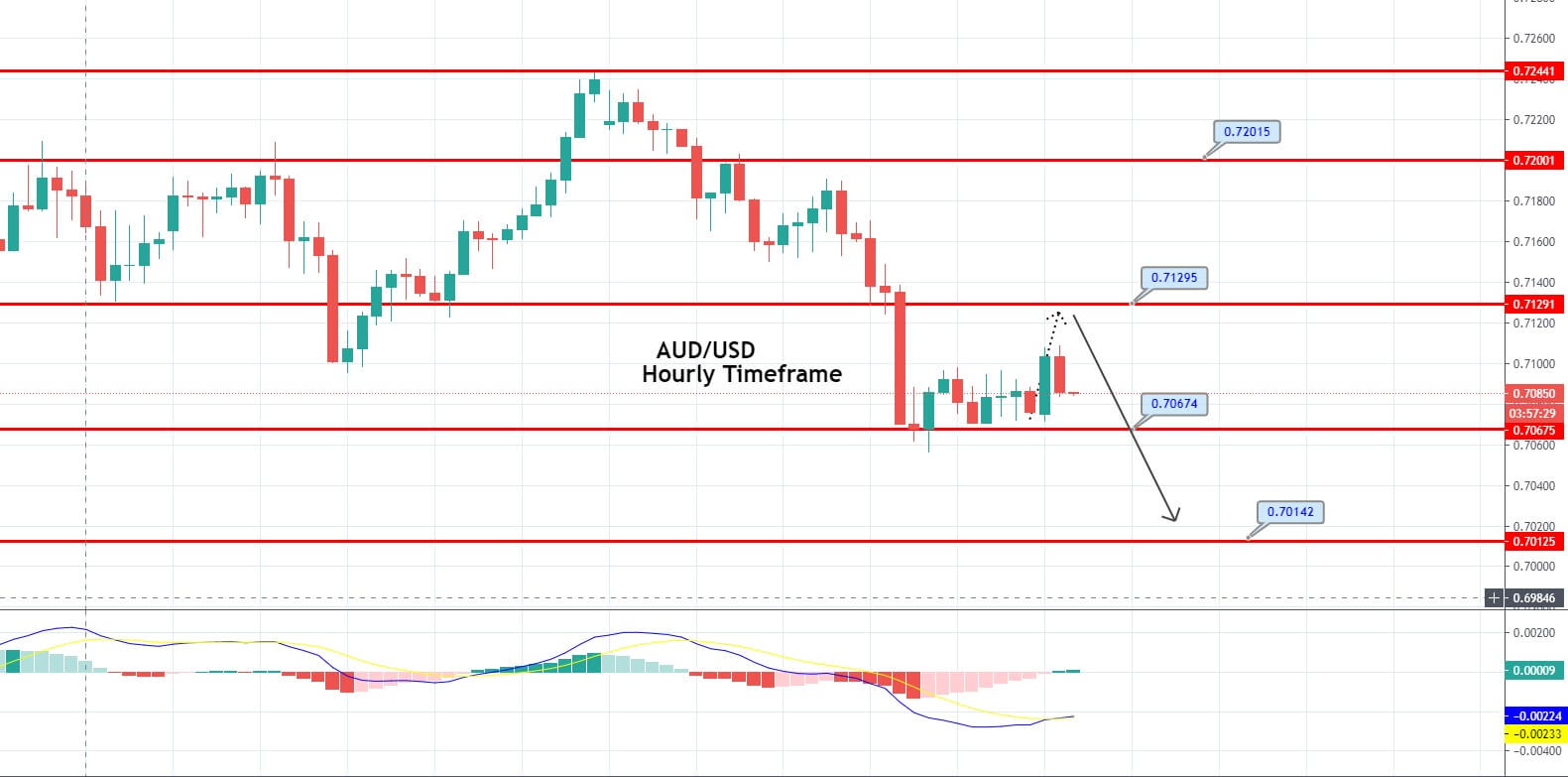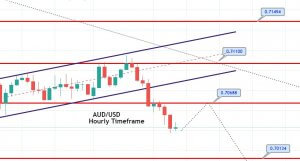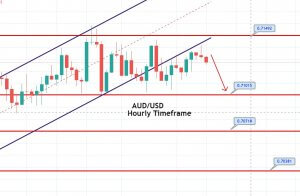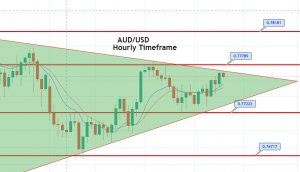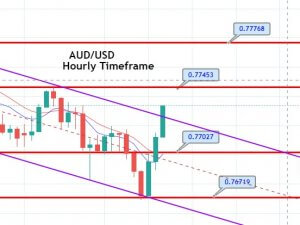During Monday’s early Asian trading session, the AUD/USD currency pair failed to stop its Friday’s losing streak and witnessed some fresh selling on the first trading day of the week while dropped to the near three-week lows below the 0.7100 level. However, the prevalent bearish sentiment around the currency pair could be associated with the on-going expectations of further policy easing by the RBA, which tends to undermine the Australian dollar and contribute to the currency pair losses.
Apart from this, the currency pair’s declines were further bolstered by the long-lasting tussle between the US-China and stimulus deadlock in the U.S., which leads to the decline in U.S. stock’s future. This, in turn, undermined the perceived risk currency Australian dollar and contributed to the currency pair losses. The acceleration in the coronavirus (COVID-19) wave 2.0 also played its major role in undermining the market trading sentiment, which adds further burden around the perceived risk currency Australian dollar and dragged the currency pair low. On the contrary, the declines in the broad-based U.S. dollar, triggered by the combination of factors, becomes the factor that helps the currency pair to limit its deeper losses. At this time, the AUD/USD is currently trading at 0.7085 and consolidating in the range between 0.7073 – 0.7086.
As we already mentioned that the AUD/USD currency pair took a hit from Reserve Bank of Australia’s Governor Philip Lowe, who had provided a strong hint on Thursday that the central bank will likely cut interest rates, or announce further stimulus measures at its next meeting in early-November in order to support jobs growth and alleviate currency pressures within the current pandemic situations. This, in turn, undermined the Australian dollar.
The global market trading sentiment failed to stop its Friday negative performance and remains pessimistic on the day amid the intensifying market worries over the rapid rise in new coronavirus cases, which leads to the new lockdown restrictions and hinder the global economic recovery, undermining the perceived riskier Australian dollar. Elsewhere, the intensifying tensions between the U.S. and China added additional burdens around the global trading market. The tension between the world’s two largest economies fueled further after China aggressively warns the U.S. to step back from Taiwan Strait. However, these lingering Sino-US tensions keep challenging the risk market sentiment and contributed to the currency pair losses.
Apart from this, the U.S. policymakers’ inability to offer the much-awaited COVID-19 stimulus also played its major role in weakening the market trading sentiment, which in turn, exerted some additional pressure on the perceived riskier Australian dollar and contributed to the currency pair losses.
Across the pond, the reason for the downbeat market trading sentiment could also be associated with the China-Australia tussle. Having initially halted Aussie coal and cotton, the Dragon Nation recently passed a law to limit exports of its controlled items. This shows China’s willingness to combat global criticism to dump the markets with exports and heavy risks.
Despite the U.S. upbeat data, the broad-based U.S. dollar failed to stop its bearish bias and remained under pressure on the day. Moreover, the U.S. dollar losses could also be associated with political uncertainty in the U.S. ahead of U.S. elections. Thus, the weaker U.S. dollar is seen as the major factor that kept the currency pair higher. Simultaneously, the U.S. Dollar Index that tracks the greenback against a bucket of other currencies dropped to 93.705.
Looking forward, the traders will keep their eyes on China’s 3td-quarter (Q3) GDP, which is expected 5.2% YoY against 3.2% prior. In the meantime, the Fed Chair Powell Speaks will closely be followed. At the same time, the NAHB Housing Market Index data will also be key to watch. Apart from this, the continuous drama surrounding the US-China relations and updates about the U.S. stimulus package will not lose their importance.
Daily Support and Resistance
S1 0.6931
S2 0.7014
S3 0.7054
Pivot Point 0.7096
R1 0.7137
R2 0.7179
R3 0.7261
The AUD/USD is trading with a bearish bias at the 0.7092 level, forming a bearish flag pattern on the four hourly timeframes. A bearish breakout of 0.7068 level supports the pair; however, this support violation can trigger selling until 0.7014 level. On the flip side, a bullish crossover of 0.7107 can lead the AUD/USD price towards the next target level of 0.7165. Good luck!
Good luck!

